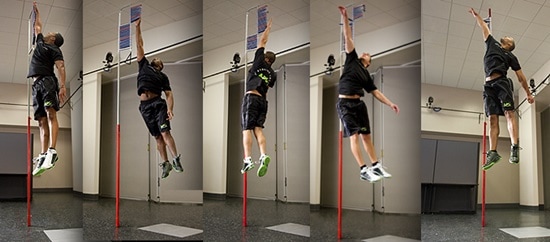


Aerobic Exercise: A Guide to Optimal FitnessĪerobic exercise, a dynamic and invigorating form of physical activity, has gained tremendous popularity for its wide-ranging health benefits.Īrewa House delves into various aspects of aerobic exercise, including its impact on cardiovascular health, weight management, mental well-being, and also overall fitness.

Incorporating a combination of these exercises into your fitness routine can enhance anaerobic capacity, build strength and improve overall athletic performance.Īlways consult with a fitness professional or healthcare provider before starting any new exercise program. These exercises target various muscle groups and involve explosive movements, depleting oxygen stores rapidly.

Here is a comprehensive list of 70 anaerobic exercises that can be incorporated into your fitness routine: Therefore, these activities generate substantial energy within brief intervals, surpassing the available oxygen supply.Īnaerobic exercises comprise various movements demanding short bursts of vigorous energy, such as weightlifting, jumping (including jumping rope), sprinting, high-intensity interval training (HIIT), and also biking. See also: Green Tea Side Effects, Health Benefits and Dangers Types of Anaerobic ExerciseĪnaerobic exercises, characterized by their intense nature and short duration, play a vital role in glucose breakdown by harnessing energy without relying on oxygen. Examples of anaerobic exercises include weightlifting, sprinting, jumping, high-intensity interval training (HIIT) and also resistance training. These exercises typically involve short bursts of intense effort or high-intensity movements, emphasizing speed, power, and also strength. In anaerobic exercises, the body primarily utilizes energy sources than oxygen, such as stored glycogen in the muscles, to fuel the activity. Anaerobic exercise refers to physical activities or exercises that don’t heavily rely on the presence of oxygen to generate energy.


 0 kommentar(er)
0 kommentar(er)
